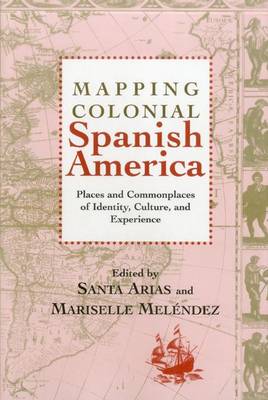Bucknell Studies in Latin American Literature and Theory
1 total work
Mapping Colonial Spanish America
Published 1 September 2002
Mapping Colonial Spanish America is the first book-length investigation of the discursive and cultural production of space in colonial Spanish America from the fifteenth to the eighteenth centuries. Engaging with many canonical and non-canonical authors, the essays in this volume work together to inquire into the spatial configurations of colonial Spanish America and its inhabitants to provide new perspectives on issues of identity, race, gender, politics, and the construction of urban and rural geographies. The book is divided into five sections: textual and spatial configurations of alterity; the memory of space and the articulation of identity; the economy of geographical representation; gender and the politics of location; and the foundation of the colonial city. It thus shows how space offers a critical perspective from which to examine colonial discourse, culture and history, which representing a significant tool to interrogate colonial power and to understand the mechanisms of control involved in the process of mapping, living, or appropriating places and territories. Mapping Colonial Spanish America suggests significant new questions and directions in which the phenomenon of spatiality in Spanish America can be analyzed and interpreted.
